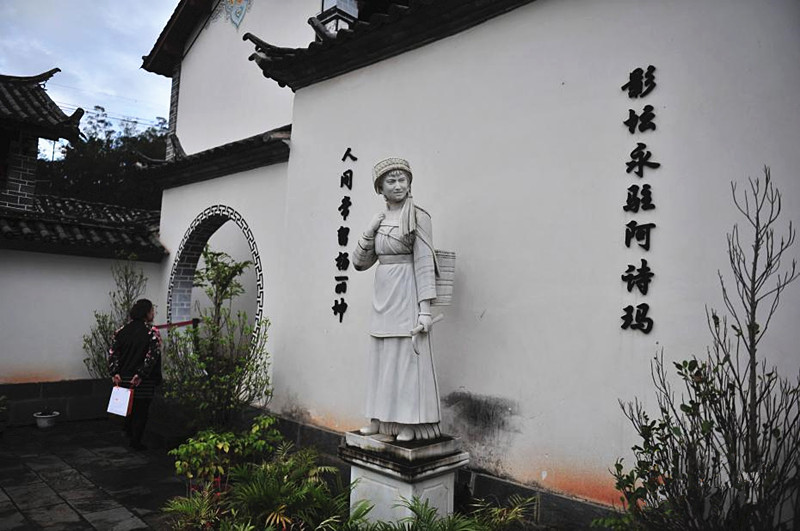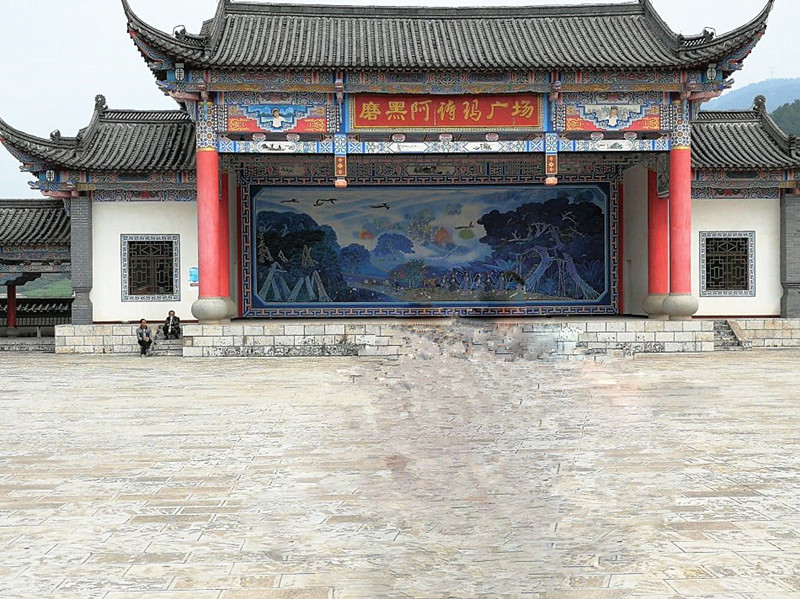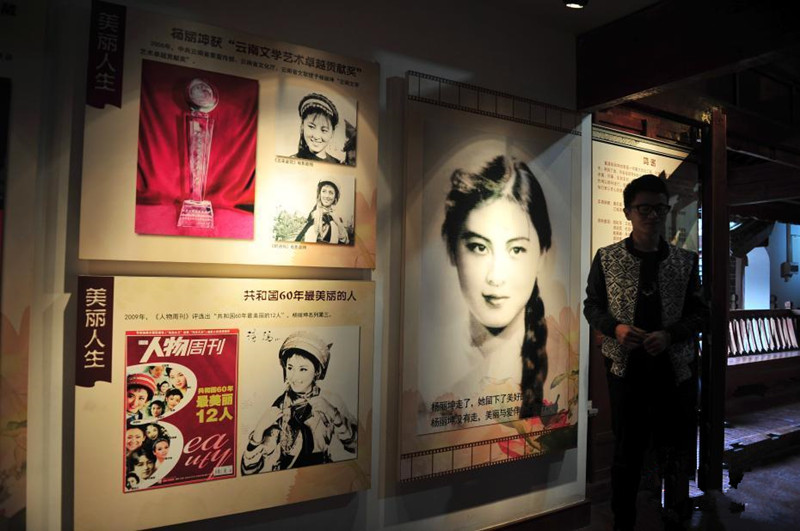
The Former Residence of Yang Likun in Ninger County, Puer
Chinese Name:宁洱县磨黑镇杨丽坤故居
Location and Construction
Yang Likun’s Former Residence is located in Mohei Town, Ning’er County, and features traditional brick and wood architecture. The total area of the residence is 1,250 square meters, with a building area of 590.77 square meters. The project, which received an investment of 1.45 million RMB, was set to be completed by December 31, 2010. Site selection, demolition, and design, including the collection and organization of exterior data, were finished. The Yang Likun Former Residence Reconstruction Council was established on August 5, 2010. Dali Guofeng Ancient Yuanlin Co., Ltd. won the bid with an offer of 1.0656 million RMB.
Construction Background
The film Five Golden Flowers gained popularity from the 1950s to the 1970s, featuring Yang Likun as Jinhua. The film, which depicted Dali as a dreamlike place, remains memorable with the song “Dali in March is a beautiful sight, Butterfly Spring is a great place for dressing up.” 2010 marked the 10th anniversary of Yang Likun’s death. Her roles in Five Golden Flowers and Ashima earned her international acclaim and established her as an iconic figure in Chinese film history. Her legacy continues to contribute to Yunnan’s cultural and economic development, with the residence serving as a key element in Mohei’s tourism and cultural projects.
Introduction to Mohei Ancient Town
Mohei Ancient Town is known for its historical significance in salt production, the tea horse road, revolutionary history, and beauty. It is a provincial-level historical and cultural town. Key attractions include Simao Farm, Daduogang Farm, Nake Li Tea Horse Road Post Station, Mohei Ancient Town, and Yang Likun’s Former Residence. Visitors are warmly welcomed and provided with a tour map to help locate Yang Likun’s Former Residence, which is situated opposite Ashima Square in the town center.
Features of Yang Likun’s Former Residence
Mohei Ancient Town, oriented west-to-east, is situated by mountains and rivers. The Mohei River flows through the town, irrigating fields and gardens. The main road is a polished stone path, simple and elegant. A small stream runs alongside, with red fish swimming in clear waters. A large banyan tree stands near Yang Likun’s Former Residence. Visitors sign a registration form before entering. The residence features traditional blue bricks and gray tiles, with a lifelike white statue and couplets reading: “Ashima forever in the film world, Yang Likun forever in the human world.” Exhibits in the residence detail Yang Likun’s life and achievements.
Yang Likun’s Life and Legacy
Yang Likun was born into a Yi family of salt merchants in Mohei. In 1952, she moved to Kunming with her sister and joined the Yunnan Provincial Art Troupe in 1954. At 18, in 1959, she was cast as Jinhua in Five Golden Flowers, a role that gained international acclaim and won her the “Best Actress Silver Hawk Award” at the second Asia-Africa Film Festival in 1960. In 1964, she starred as Ashima in Ashima, a film initially shelved but later released in 1979 to great success. Yang’s performances left a lasting impression, and her characters became enduring symbols of beauty and cultural pride. Both films are considered iconic works in Yunnan’s artistic history. In 2006, she was awarded the “Yunnan Literary and Artistic Contribution Award” by various provincial cultural organizations.
Exhibits and Reflection
At dusk, the museum staff closes the doors and lights. Exhibits include aspects of Yang Likun’s childhood, career, and peak moments. The display also features contributions from contemporary and past cultural figures, including Chen Huangmei, Wang Suya, Zhao Lüzhū, Bai Xue, and others, reflecting the rich legacy of Chinese film and cultural arts.















